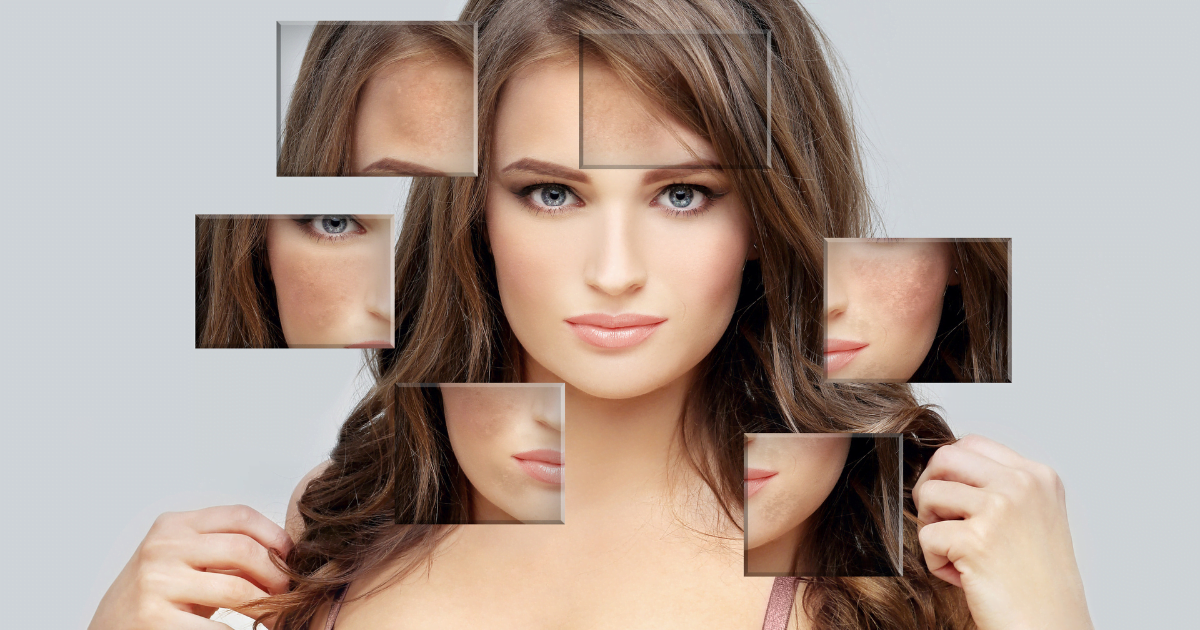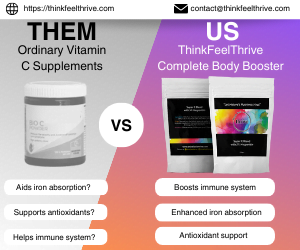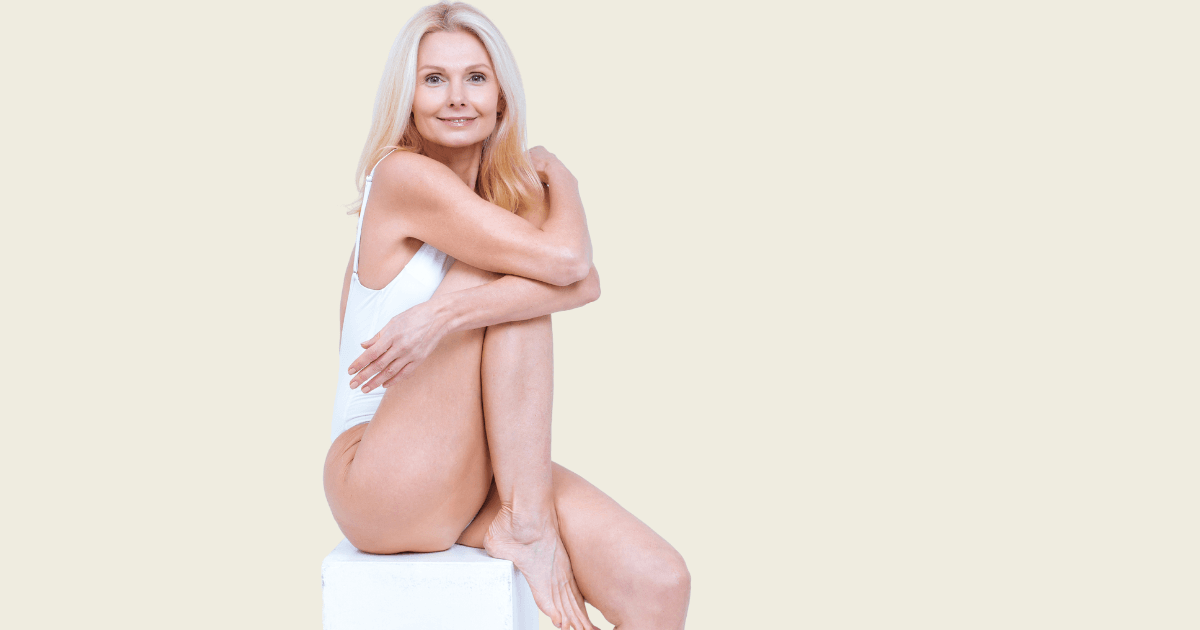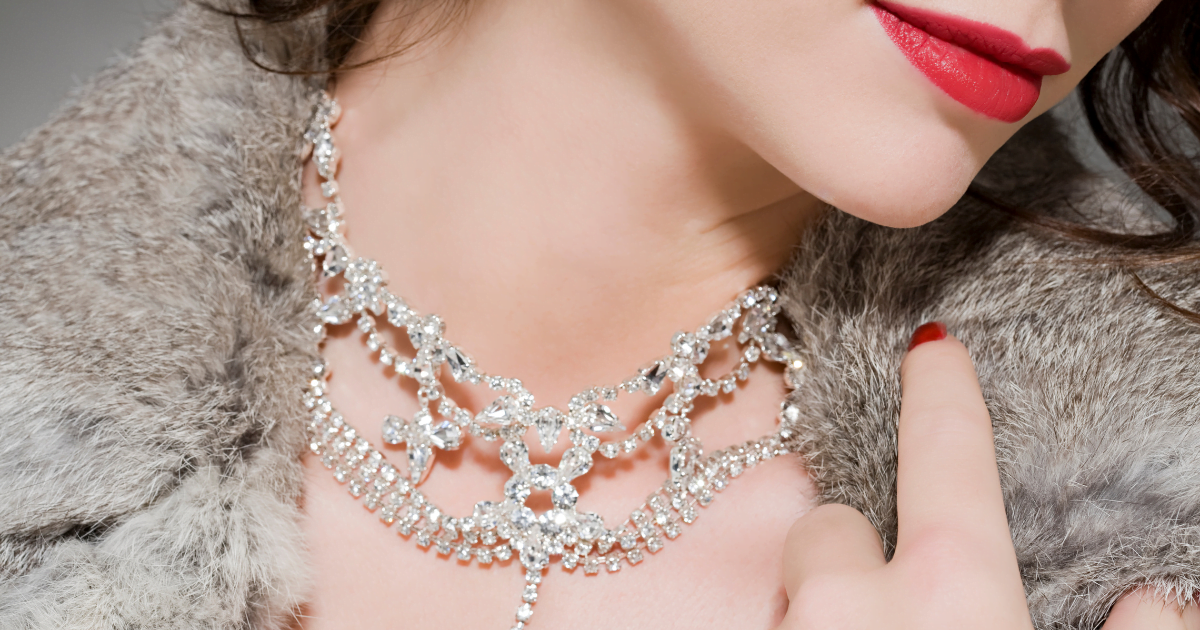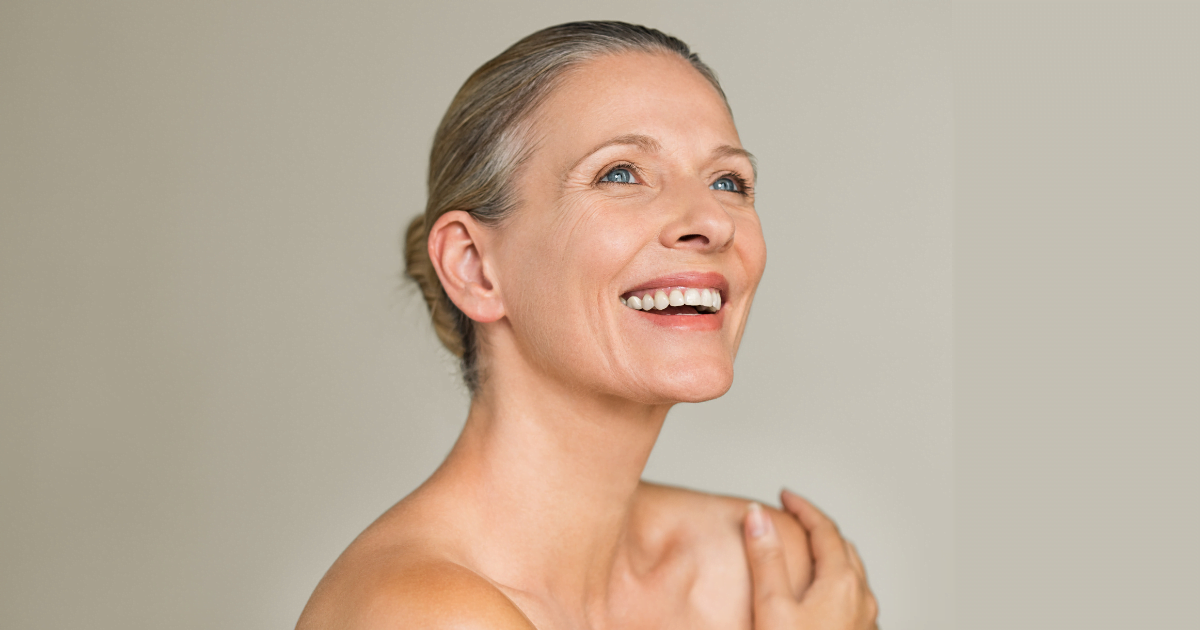If you look in the mirror and see dark spots or hyperpigmentation on your face it can be annoying, even frustrating. Why?! And while they don’t cause physical discomfort, they can impact your self-esteem and many women feel compelled to always wear a foundation of some sort before heading out. The good news is you can say goodbye to darks spots, hello even skin tone and reduce their chances of causing you further grief.
What causes uneven skin tone
Dark spots or hyperpigmentation are a common issue that affect women of all ages and skin types. They make certain parts of your skin appear darker than the surrounding skin, either in small spots or over larger areas. The causes are varied, but there are ways you can minimise their appearance and help prevent them from recurring.
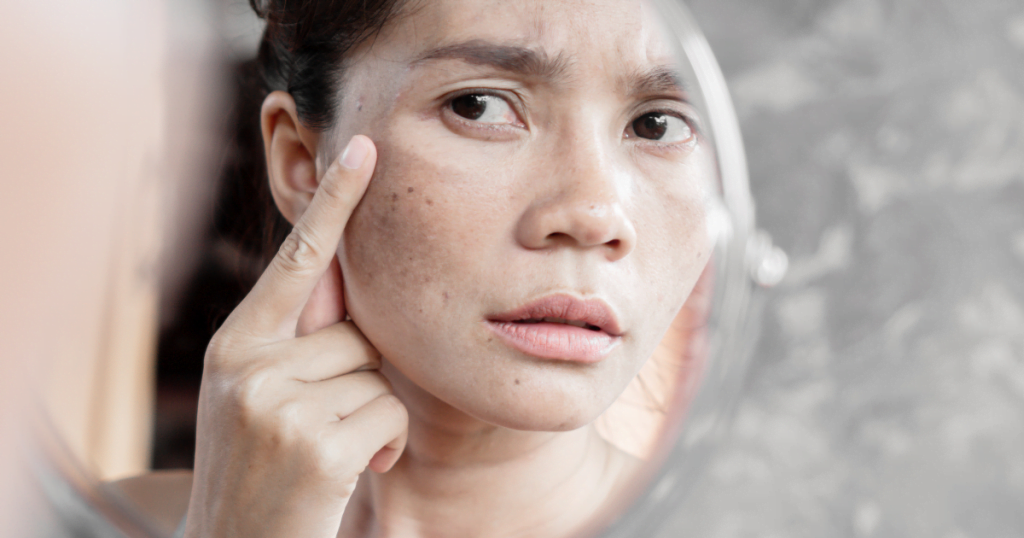
Dark spots make certain parts of your skin appear darker than the surrounding skin
Understanding pigmentation
Pigmentation refers to your skin’s colour, which is determined by melanin produced by melanocyte cells in the epidermis. Hyperpigmentation occurs when there is an overproduction of melanin in certain areas, making the skin appear darker.
Types of hyperpigmentation include melasma, which often covers larger areas across the face, and smaller patches known as dark spots, age spots, sunspots, and liver spots. It’s most common on the cheeks, upper lip, nose, chin, forehead, and the backs of the hands.
Post-inflammatory hyperpigmentation can develop when skin cells are damaged by conditions such as skin irritation, acne, cuts, and burns. The hot tip here is to always treat your skin like silk. Rubbing hard or being aggressive can cause irritation and potentially increase hyperpigmentation.
Note that hyperpigmentation often darkens in the summer months due to higher UV radiation levels and lightens in winter
Why does hyperpigmentation happen?
Melanin production can be influenced by UV exposure, genetics, hormones, skin trauma, and some medications. If you’re unsure why you have hyperpigmentation, consider the following triggers and take corrective action where possible. Consulting a doctor or dermatologist can also help you understand the causes and potential treatments.
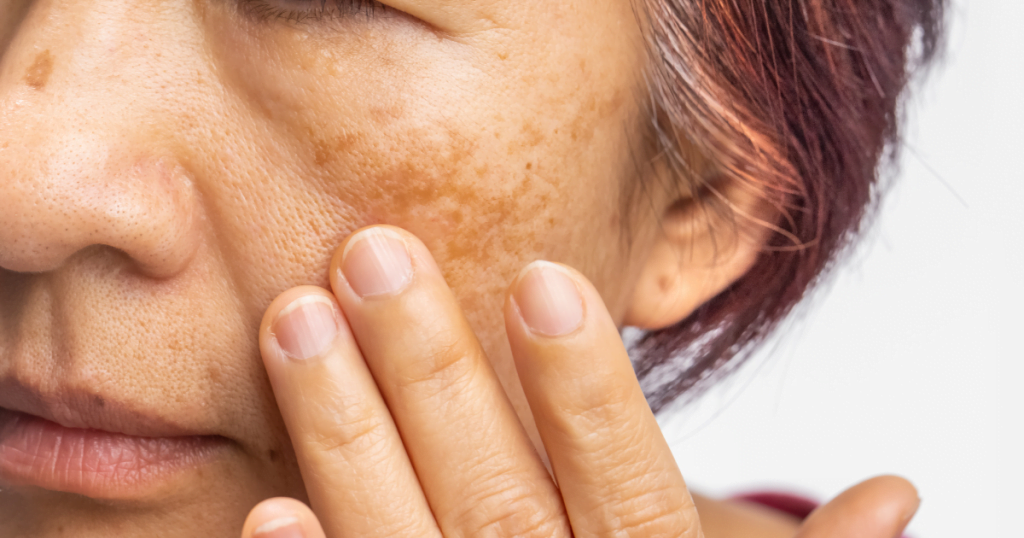
Aging can increase the likelihood of hyperpigmentation as your skin’s ability to regenerate slows down
Three common triggers
- UV rays from the sun are a major cause of increased melanin production. Prolonged exposure can result in sunspots, freckles, and other forms of hyperpigmentation. Always wear sunscreen before going outside, even if you’re just driving, as UV rays can penetrate glass. Wear sunscreen on all exposed parts of your body, including your hands.
- Fluctuations in hormone levels, particularly during pregnancy, can contribute to melasma. Estrogen and progesterone in oral contraceptives can also be contributors. Once your hormones have stabilised, hyperpigmentation can fade, but it takes time.
- Aging can increase the likelihood of hyperpigmentation as your skin’s ability to regenerate slows down, making it more prone to pigmentation issues. Dark spots become more common due to cumulative sun exposure over the years.
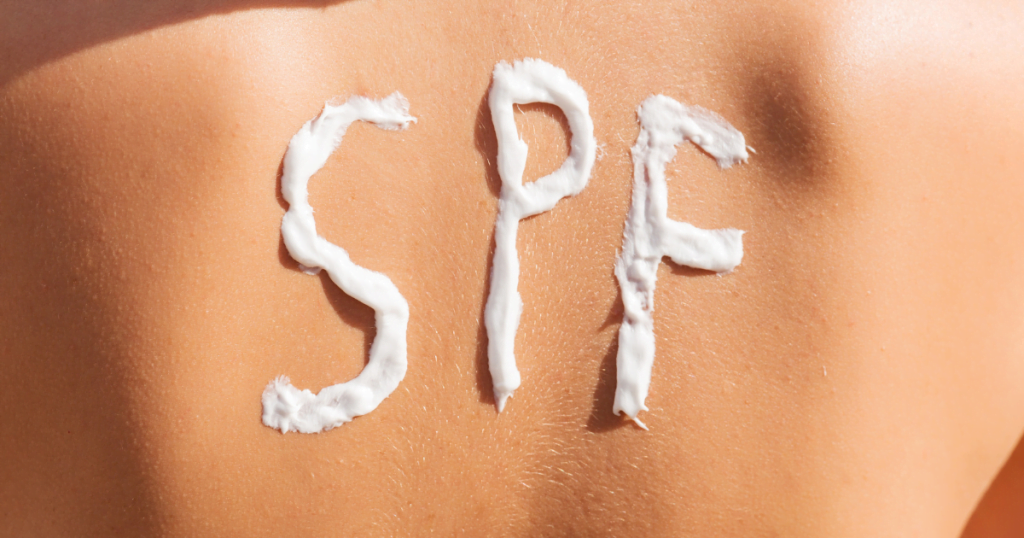
Sunscreen is essential as UV rays from the sun are a major cause of increased melanin production
Key ingredients to look For in products
Niacinamide is a form of vitamin B3 that helps reduce hyperpigmentation by inhibiting excessive pigment production.
Vitamin C is an antioxidant that can help fade melasma. Serums and creams with vitamin C can also lighten and moisturize the skin.
Alpha Arbutin is a non-irritating ingredient that helps inhibit melanin production, leading to a more even skin tone.
Minimising dark spots & hyperpigmentation
Reducing surface dryness is the first step to revealing a more even skin tone. Exfoliate with an enzyme-based product or alpha hydroxy acids (AHAs) such as glycolic, lactic, citric, and malic acid, once or twice a week. This will clear dead cells from your skin’s surface, help to even out your skin tone, and prepare your skin for treatment serums and creams.
Products to try
Best Skin Enzyme Micropolish, $48, Ipsum
6% Mandelic Acid + 2% Lactic Acid Liquid Exfoliant, $50, Paula’s Choice
Aromatherapy Skin Brightening Liquid Exfoliant, $19.95, Natio
Disappearing Act, $92, The Skills.
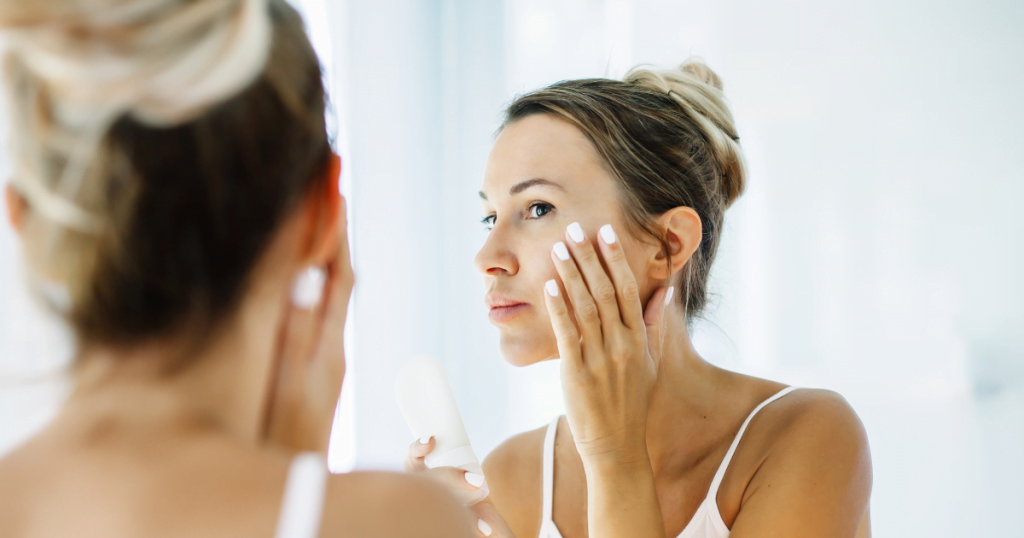
Reducing surface dryness is the first step to revealing a more even skin tone
Professional treatment considerations
Hyperpigmentation in the epidermal layer (top layer of your skin) can respond well to treatments, whereas if it’s in the deeper dermal layer it tends to be more challenging to treat. Depending on the depth of your pigmentation, a chemical peel or laser treatment may be necessary to achieve the desired results. Always use sunscreen afterwards.
Chemical Peels use acids at high concentrations to reduce hyperpigmentation by removing the uppermost layer of your skin. Be prepared for some downtime while your skin recovers.
Heavy-Duty Chemical Peels penetrate deeply into the skin to promote cell regeneration, improve pigmentation, skin texture, and tone. Winter is the best time for these peels due to shorter days and lower UV index.
Laser Peels or Skin Resurfacing Treatments use targeted light beams to reduce hyperpigmentation. Ablative lasers are the most intense, removing layers of your skin. Prepare for several days or more of downtime depending on the intensity of the treatment.
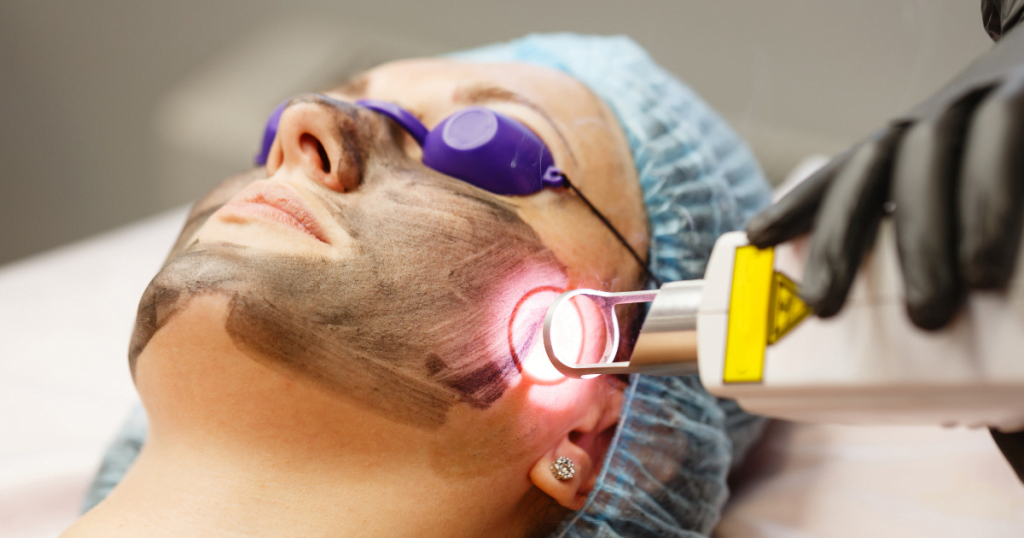
Skin resurfacing treatments use targeted light beams to reduce hyperpigmentation
Top tips for prevention
- Apply sunscreen every day, even in winter, as the sun’s UV radiation can still have a detrimental effect on your skin.
- Keep a tube of sunscreen in your car for those times when you’ve forgotten to apply it to your face and the backs of your hands.
- Always be gentle with your skin. Rubbing hard or being aggressive can cause irritation and potentially increase hyperpigmentation.
- Be consistent with your skin regime and included weekly exfoliation, nourishing night serums and creams and daily sunscreen.
- The more you treat your skin like silk the better it will look and feel. Let the products do the work.
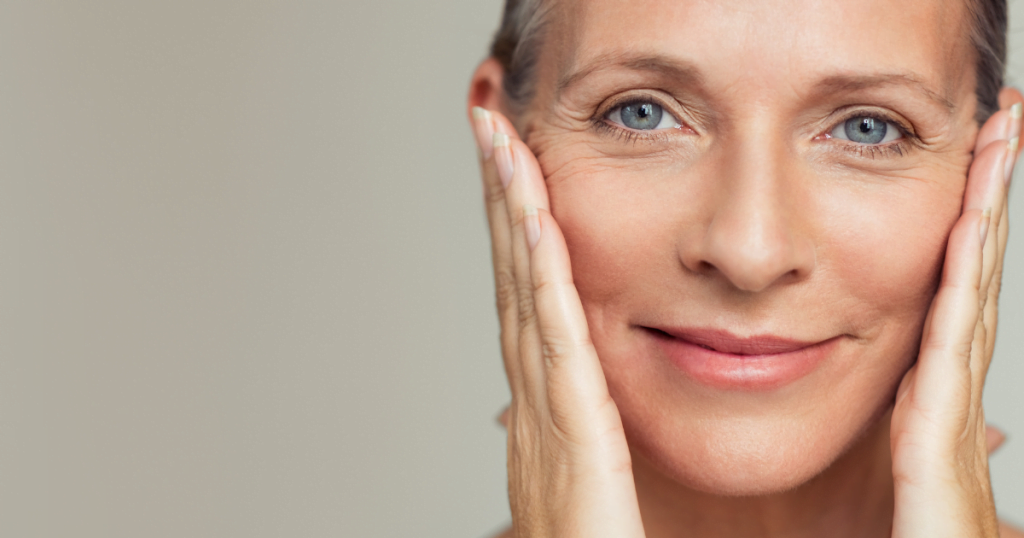
Always be gentle with your skin. Rubbing hard or being aggressive can cause irritation and potentially increase hyperpigmentation
Targeted home care products
Over-the-counter lightening serums and creams with specific ingredients can help reduce pigmentation. Always follow the product instructions and continue using sunscreen.
By understanding the causes of hyperpigmentation and implementing these tips, you can work towards achieving a more even and radiant skin tone.
Products to try
Skin Success Anti-Dark Spot Fade Cream For All Skin Types, $21.99, Palmer’s
Mela B3 Serum, $79.95, La Roche-Posay.
No 6.3 Flash-White Even Skin Booster, $91, Ginger & Me NeuroCosmetics.
O-Biotics Concentrated Brightening Serum, $110, O Cosmedics.
Complexion Correction Microneedle Patches, $239 for 16 patches, Evidence Skincare.
Niacinamide Honey Peptide Moisturiser, $29.99, Olay.
Alpha Arbutin 2% + HA, $18.30, The Ordinary.
Vinoperfect Brightening Dark Spot Serum, $113.00, Caudalie.
Love You. Love Life.

